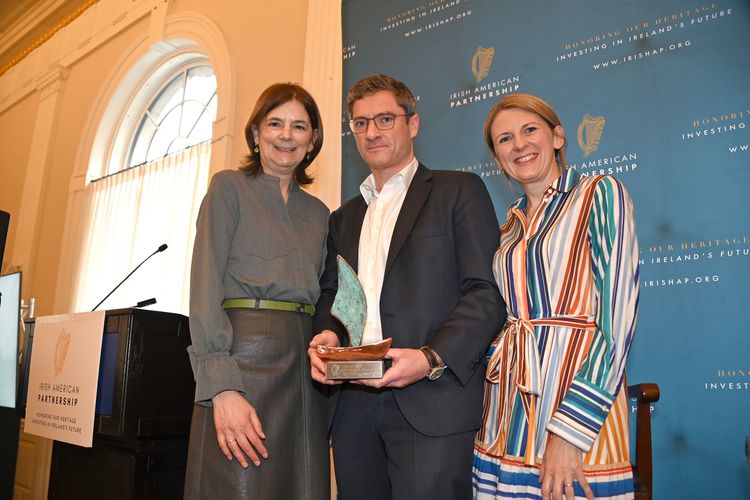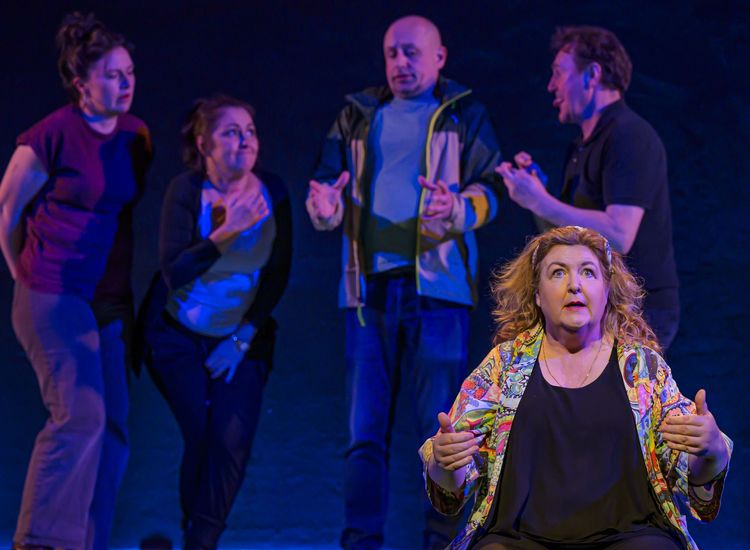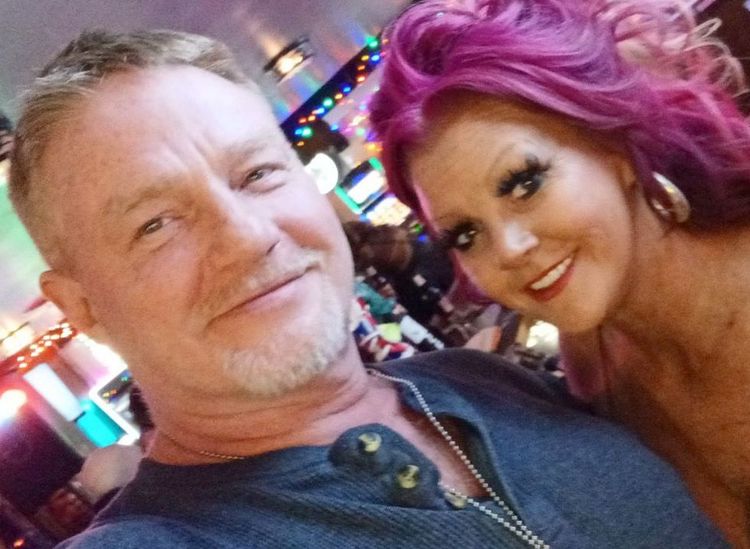IRISH POETS SEAMUS HEANEY PORTRAIT LANDSCAPE
Seamus Heaney was an original member of the Belfast Group organized at Queen’s University from 1963. He is pictured near his home in Dublin in 1995 after it was announced that he’d won the Nobel Prize for Literature. PHOTOCALL
By Maureen McGavin
A new website called Belfast Group Poetry Networks will make it easier to understand the connections between Irish writers, particularly members of the mid-1960s Belfast Group, using open-source software created by the Emory Center for Digital Scholarship (ECDS).
Belfast Group Poetry Networks (http://belfastgroup.digitalscholarship.emory.edu), which launched last Tuesday, provides an interactive way to explore the poets’ literary and social networks, based on correspondence, shared poems at workshops, and mentions of names and places in poems and throughout their personal papers. The new site builds on and extends the previous Belfast Group webpage, created in 2000 by the Lewis H. Beck Center for Electronic Collections (now part of ECDS), as well as EmoryFindingAids, a repository of collection descriptions for MARBL manuscript collections.
Belfast Group primer
Organized by Philip Hobsbaum, a lecturer at Queen’s University Belfast, the Belfast Group was a writers’ workshop that met from 1963 until 1972, when it disbanded due to political turmoil in Ireland and the rising literary careers of many of its participants. Members would bring Group sheets – typed copies of their drafts – to the weekly meetings to distribute to fellow Group members for feedback. (Since these are drafts, some of the poems differ from their published versions, adding another layer of interest for researchers.)
Original Group members included Seamus Heaney and Marie Devlin (who later married), Edna Broderick, Bernard MacLaverty, Stewart Parker, James Simmons and Arthur Terry. Heaney and other members took over running the Group when Hobsbaum moved to Glasgow in 1966. Over the years, the Group counted Ciaran Carson, Brendan Kennelly, Michael Longley (who married Edna Broderick), Derek Mahon and Paul Muldoon among its members.
The new website
The project for the Beck Center’s original Belfast Group website began in the mid-1990s, when a small number of poets whose papers are held by MARBL gave permission for their Group sheets to be digitized to create an electronic poetry collection.
The updated site features the Group sheets of poets who gave permission, which include Heaney, Muldoon, Michael Longley, Hobsbaum, Carson, Simmons, and Kennelly. The papers of one poet often contain Group sheets written by other poets.
“In our Muldoon collection, we have Heaney’s Group sheets because Muldoon was there when Heaney read, and in Simmons’ papers, we have Longley’s Group sheets,” says ECDS digital humanities strategist Brian Croxall, who served as deputy project leader and project manager.
Other features of the website include biographies of several Belfast Group members, generated from the MARBL finding aids (if MARBL doesn’t have the poet’s papers, the software will pull in the biography from Wikipedia); network graphs of the authors’ connections to the Belfast Group and to other writers; maps of places connected to people associated with the Belfast Group; and essays about both archival biases and women in the Belfast Group.
The road to networking the Belfast Group
The idea to update the Belfast Group site started with senior software engineer and project lead Rebecca Sutton Koeser, who completed a majority of the software development. She wanted to provide a new way to visualize some of the information found in the finding aids, which list the contents of poets’ papers and archives. Online finding aids are constructed more for humans to read rather than computers, Croxall says, even though there is data embedded.
“There’s so much work that archivists do when they process a collection and describe the material, and they put a lot of that information into the finding aids,” says Koeser. “This is a way to use more of that data.”
Koeser proposed the “Networking the Belfast Group” project to ECDS in 2012, but she first started experimenting with the idea in 2010, when members of her team were given time to explore new technologies and possible projects.
She noticed that four Irish collections held by MARBL have an index of correspondence, and she began harvesting the names to map the connections. “It’s really kind of extraordinary; they have a list, person by person, of what letters are in the collection,” she says. “But I would say maybe fewer than 10 collections in MARBL have this type of index, because it’s so time-intensive for archivists to do.”
The team went through the finding aids, tagging the names of poets, their places of birth and residence, locations mentioned in their poems, and organizations. The software Koeser wrote allowed team members to complete this process more easily, and it also communicates with an international cataloging system that assigns a permanent ID tag to each poet and author. Even abbreviations of names could be tagged, so if Seamus Heaney was referred to as S.H. or SH, those abbreviations could be identified as Heaney – something that is obvious in context to a human, but not obvious to a computer, Koeser says.
Once those tags were in place, Koeser then wrote software that could infer relationships among them from the data in the finding aid, which was then output in RDF, a linked data format.
“For example, Seamus Heaney marries Marie Devlin. She is his spouse, and the software recognizes that relationship,” Croxall says. “We can then essentially start to make a Facebook for these people – that’s one way to think of it.”
Open-source software and open data
The software Koeser developed is open-source and can be used by other archives to show similar connections among their collections. Anne Donlon, a CLIR postdoctoral fellow in MARBL and ECDS, is using the software for preliminary work with MARBL’s African American collections to connect the writers who wrote, owned, or inscribed books to each other, Koeser says.
“It’s a quicker way to find connections among our collections, and it really gives a sense of what the library has and how collections relate to each other,” Croxall says. “That opens up a lot of possibilities for research.”
In addition to Croxall and Koeser, team members included digital text specialist and original Belfast Group website manager Alice Hickcox, digital archivist Elizabeth Russey Roke, and senior software manager Kevin Glover.
The team also plans to publish the data from the site in Emory’s Dataverse Network and on Figshare, for others to use in their research.










